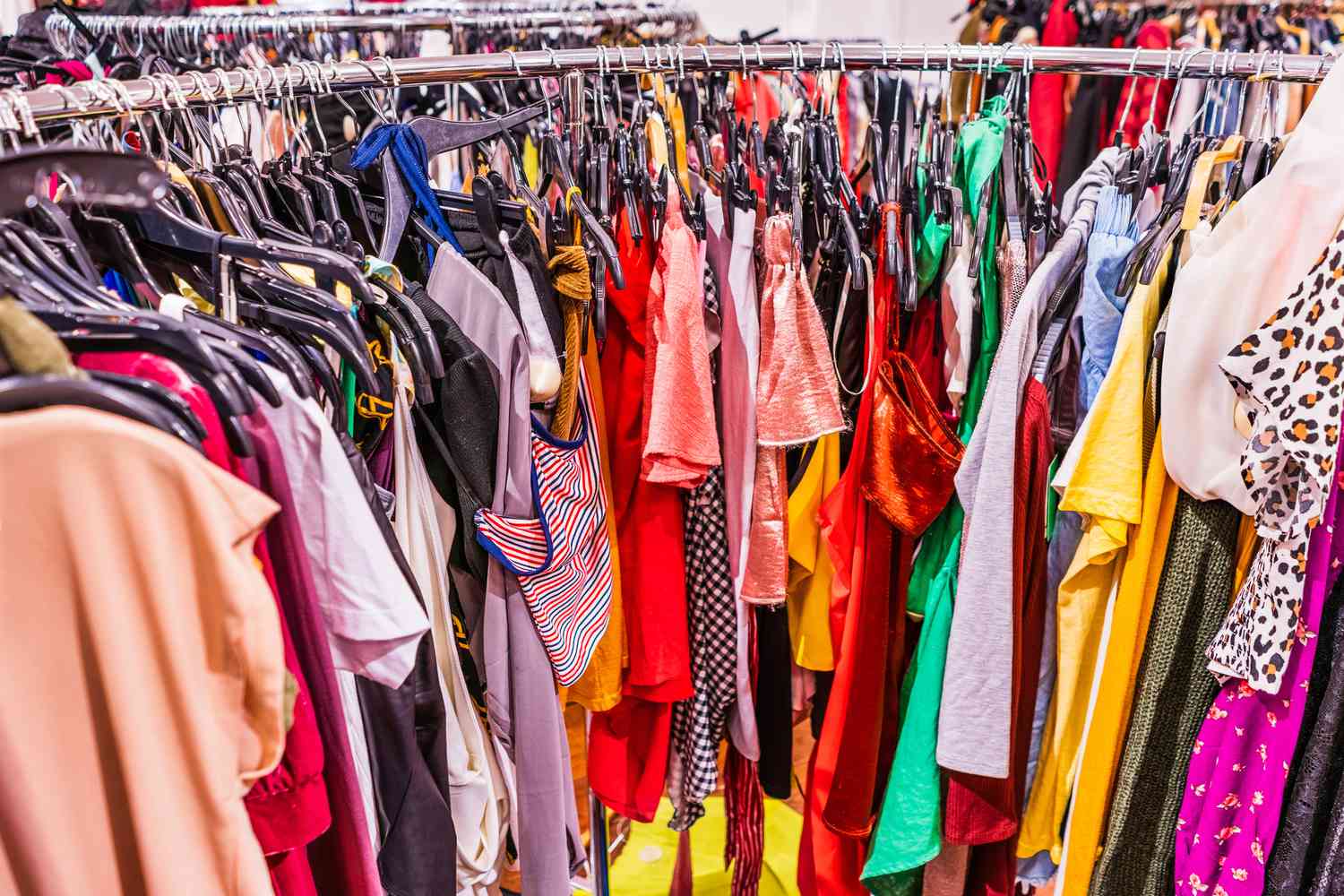
In recent years, the impact of climate change on industries has been undeniable, sparking a significant global conversation about sustainability and environmental responsibility. The fashion industry, in particular, has been a focal point of this discussion due to its substantial environmental footprint. With the 29th Conference of the Parties (COP29) on the horizon, a pivotal moment for international climate negotiations, one can’t help but notice the conspicuous absence of major fashion brands from these critical talks.
The fashion industry is renowned for its creativity and innovation, but it also carries a notorious environmental reputation. It’s crucial to understand why many had expected leading brands to play a more active role at the UN climate conferences:
Given these startling statistics, the absence of major fashion players at COP29 raises questions about their commitment to environmental sustainability.
Despite the industry’s significant impact, several factors contribute to the absence of major fashion brands from the UN climate events:
The fashion industry is incredibly fragmented, with a vast number of players ranging from luxury giants to fast-fashion retailers. Without a unified representation or an overarching industry body, it’s challenging for the sector to present a cohesive front at international events like COP29.
Many **leading fashion brands** argue that they are focusing their efforts on individual sustainability initiatives rather than participating in broad, multi-industry forums. Some brands emphasize that tailored strategies are more effective in addressing their specific environmental challenges.
The fashion industry’s complex global supply chains often make it difficult to implement uniform sustainability practices. Brands need to collaborate with multiple vendors and partners, which complicates the process of committing to international climate goals collectively.
While consumers are increasingly vocal about sustainability, fashion brands face the enormous challenge of balancing these expectations with business realities. Investing in sustainable practices is costly, and achieving a return on investment is not always immediate or apparent.
Despite the challenges, many fashion brands have taken significant steps towards sustainability. These efforts highlight that while they may not be present at COP29, fashion brands are not entirely ignoring their environmental responsibilities:
Adidas has made considerable strides in using recycled materials for its products. By incorporating recycled polyester and developing environmentally friendly innovations like the Parley Ocean Plastic, Adidas showcases a commitment to reducing its environmental impact.
Patagonia is well-known for its environmental activism. The brand not only emphasizes the use of sustainable materials but also supports various environmental causes and conservation efforts, heavily investing in advocacy work.
As a trailblazer in sustainable fashion, Stella McCartney has long advocated for environmentally friendly practices. Her brand prioritizes the use of organic materials and innovative technologies such as mushroom leather to reduce environmental harm.
While individual efforts by fashion brands are commendable, there’s a compelling case for them to participate actively in international climate negotiations like COP29. Here’s why it’s crucial:
Joining forces with other industries and governments at global forums allows fashion brands to amplify their efforts. A unified voice can potentially influence more significant policy changes and resource allocations towards sustainable practices.
Climate talks provide a platform for sharing knowledge, technological advancements, and best practices. Fashion brands can both learn from and contribute to the global dialogue on sustainability, enhancing their journey towards environmental responsibility.
Stakeholders, including consumers, investors, and regulators, increasingly demand transparency and accountability in sustainability efforts. Being part of the UN climate talks can demonstrate a brand’s commitment to addressing environmental issues comprehensively.
As the world grapples with environmental challenges, the fashion industry must embrace its potential to drive significant change. While notable brands are absent from COP29, the door remains open for greater involvement in future climate conferences. By actively participating in these global dialogues, fashion brands can not only improve their practices but also contribute to a sustainable future for all.
In conclusion, the absence of fashion brands from COP29 should not overshadow the work already underway in the industry. However, their participation could enhance the effectiveness of global climate strategies. As more brands consider the urgent call for environmental sustainability, collaboration at conferences like COP29 could serve as a crucial stepping stone toward a more sustainable and ethical fashion landscape.